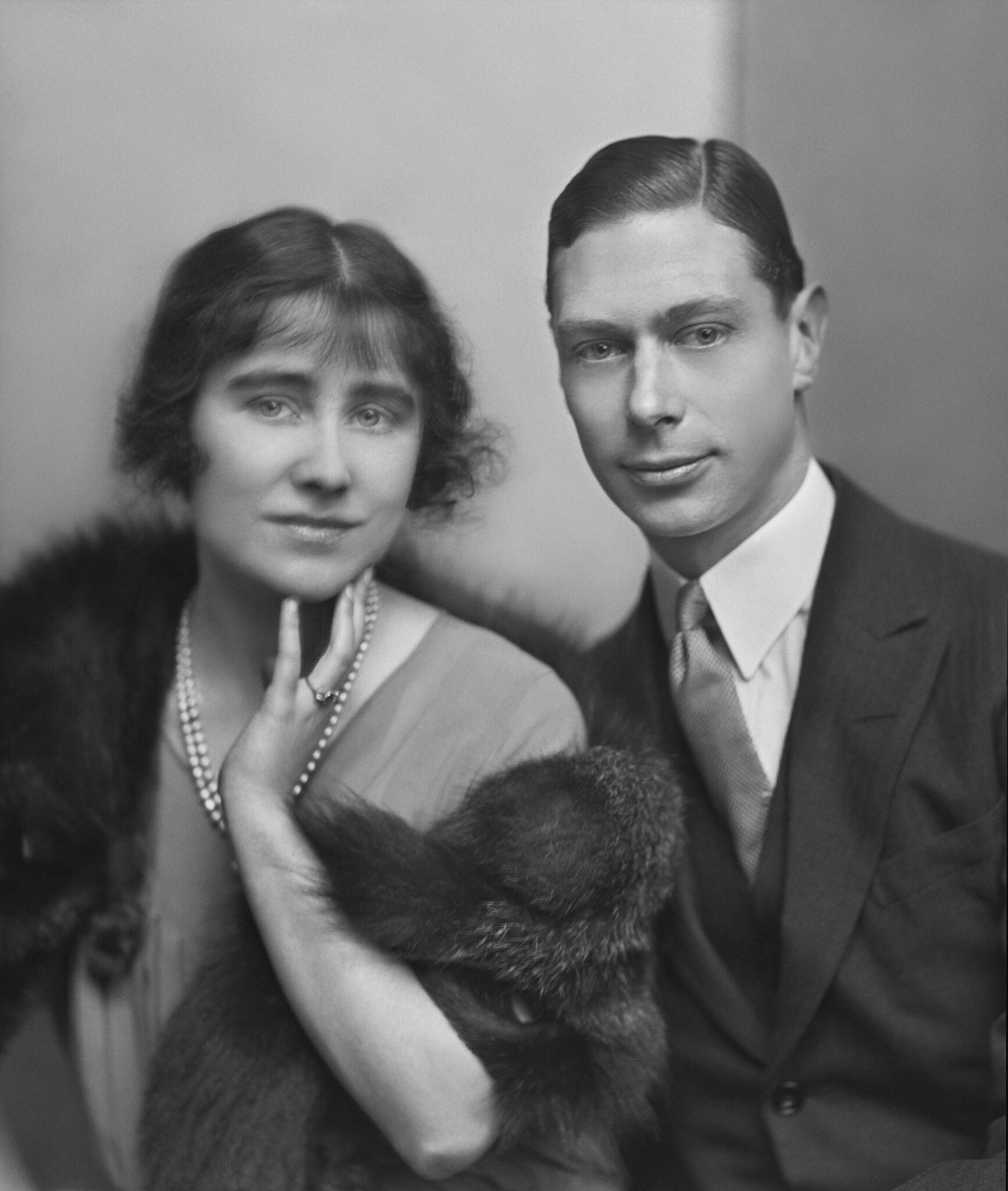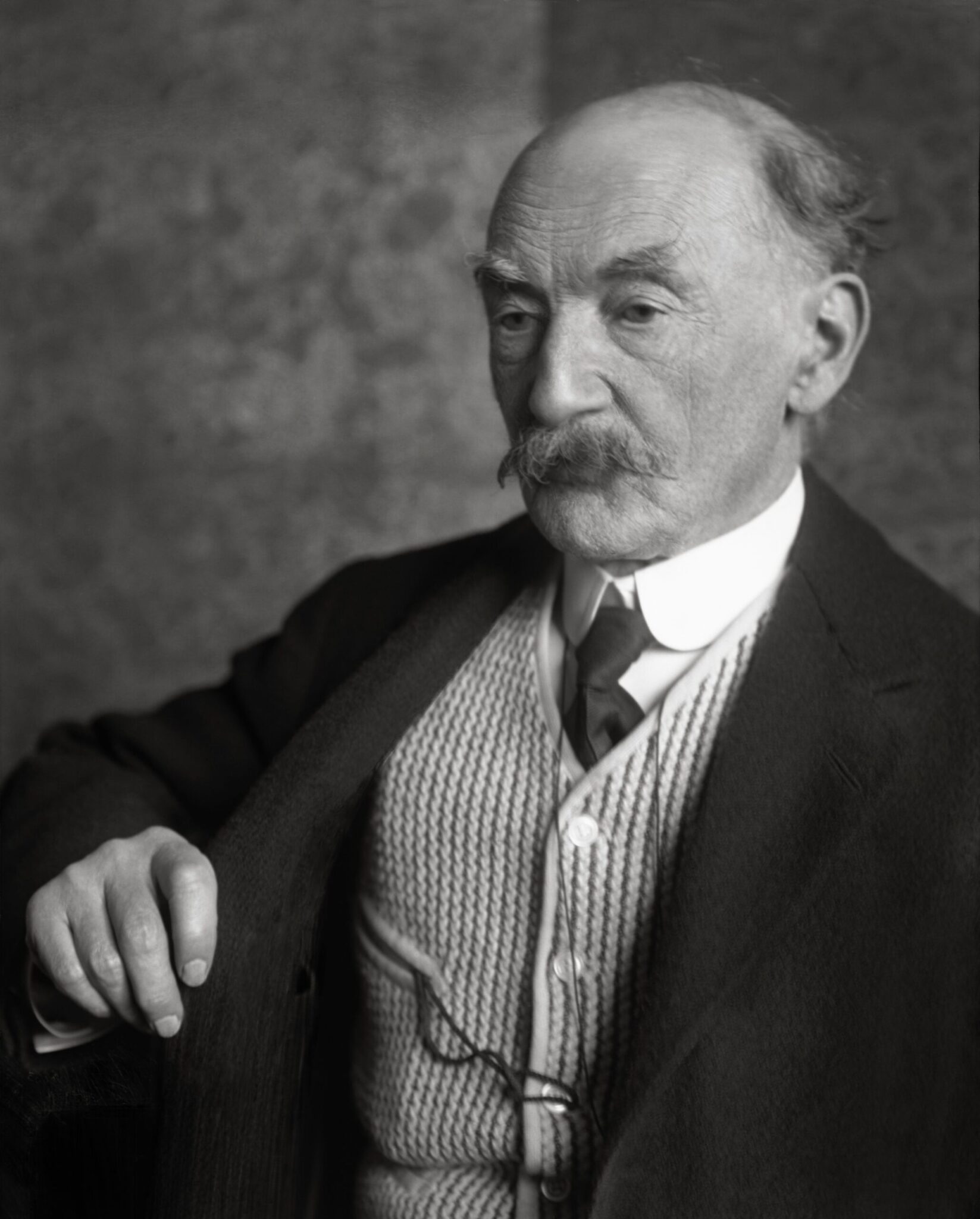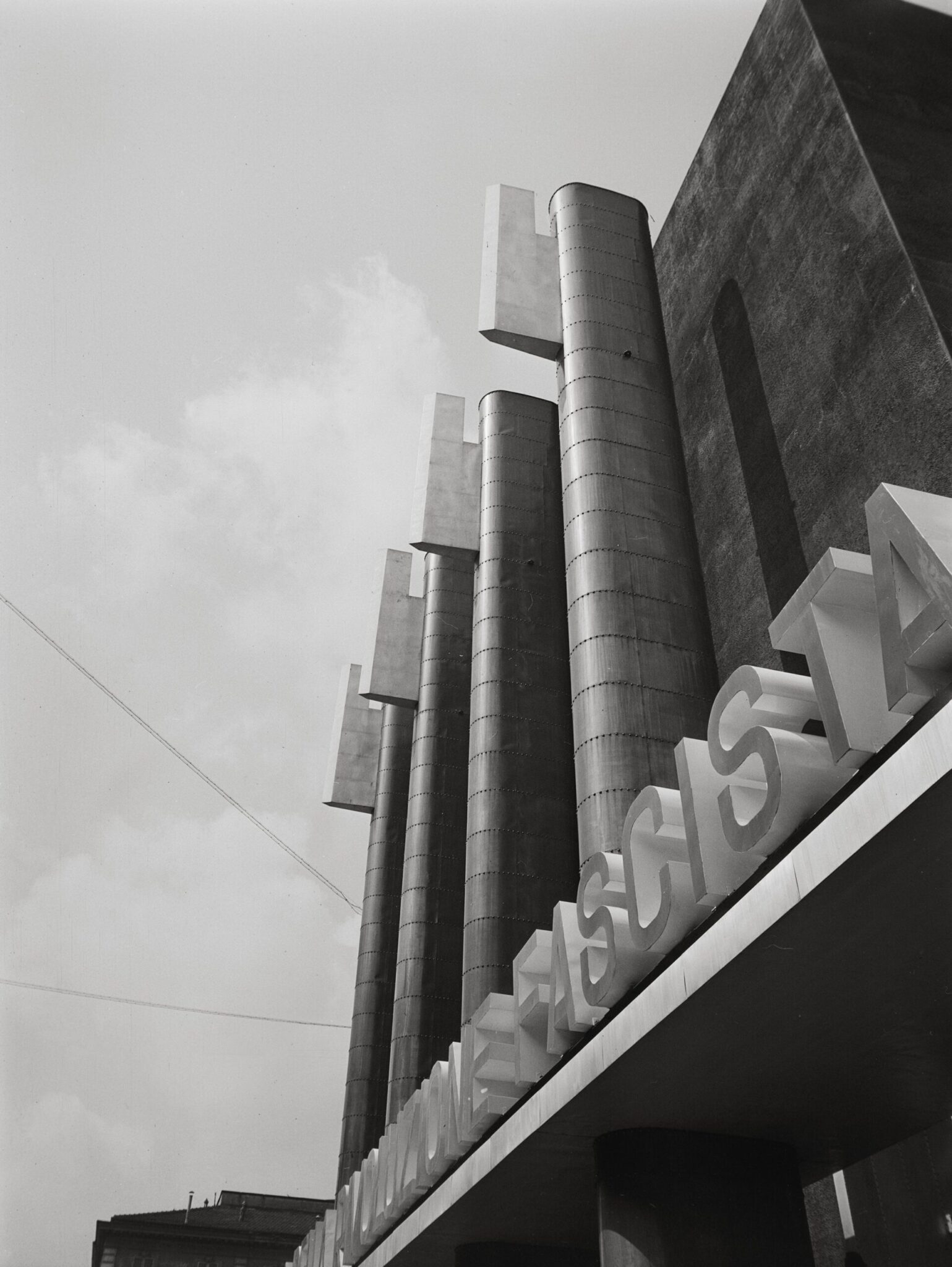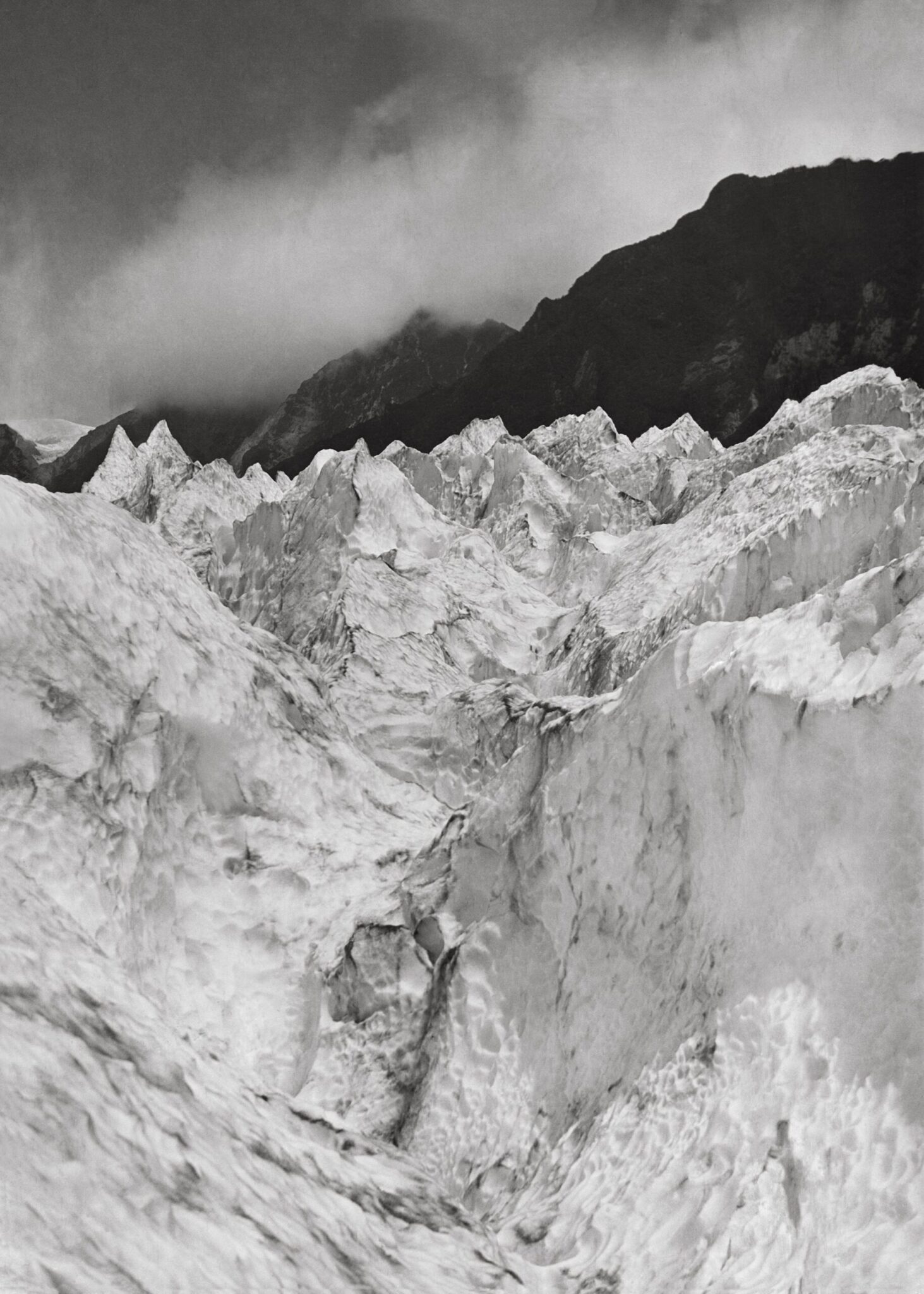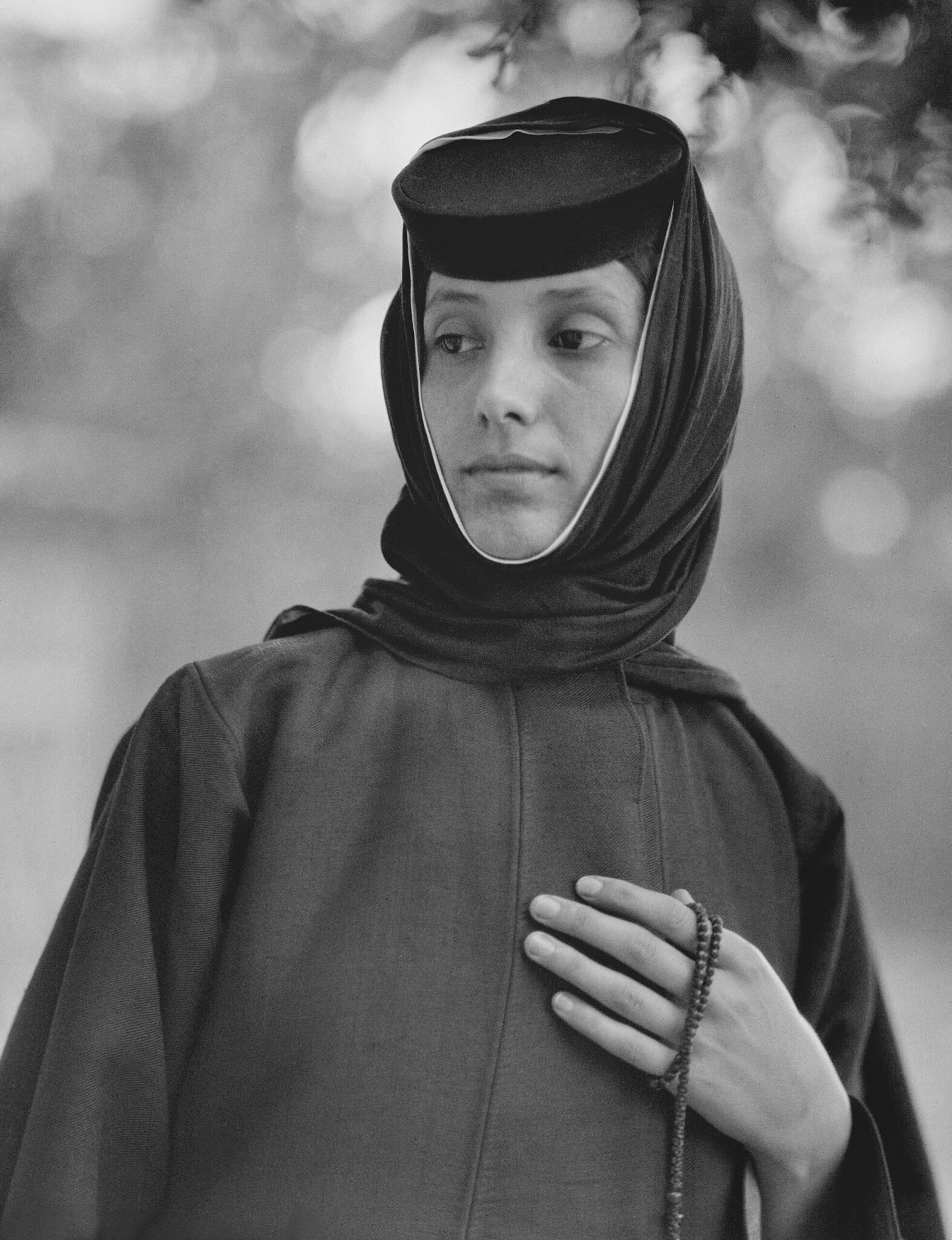G31 Tri-motor Aircraft Under Construction, Junkers Aircraft Plant, Dessau, 1928
PURCHASE-
ABOUT
Emil Otto Hoppé (1878-1972) was one of the most important fine art and documentary photographers of the modern era.
Starting as an amateur photographer in 1903, Hoppé was quickly admitted as a member of Britain’s Royal Photographic Society where, over the next several years, he regularly exhibited his work. He was also part of The Brotherhood of the Linked Ring, an organization whose goal was to promote photography as a true fine art.
Hoppé’s early pictures regularly received high-profile prizes, and he quickly moved from amateur to a full-time professional and master of studio camera portraiture. His subjects include a Who’s Who of important personalities in the arts, literature, politics and society. Among the many hundreds of well-known figures he photographed were Albert Einstein, George Bernard Shaw, Enrico Caruso, George Gershwin, Henry James, H.G. Wells, Lillian Gish, Marion Davies, A.A. Milne, Rudyard Kipling, T.S. Eliot, Ezra Pound, Thomas Hardy, Vita Sackville-West, Paul Robeson, Sylvia Pankhurst, Vaslav Nijinsky, Anna Pavlova, Margot Fonteyn, Benito Mussolini, Queen Mary, King George V, and other royalty, nobility, politicians, artists and activists from around the world.
After mastering both formal studio and modernist street portraits, Hoppé began to travel the globe, for months and then years at a stretch, to capture the character of entire nations and continents as he became a landscape, travel and cultural documentary photographer. He published a range of popular books of his travels, recording places, people and things that had not been widely seen or appreciated in the West.
In retirement from major photographic projects after 1947, for the rest of his life Hoppé mined his body of work and his unique travel experiences as a prolific writer for newspapers and magazines.
In 1954, Hoppé sold his extensive inventory of prints and negatives to the Mansell Collection, a London stock photo agency. Hoppé’s images were permanently filed away by subject, not by author. As a result, his enormous body of work was no longer available to be seen properly. Mainstream public awareness of the man who was once the most famous photographer in the world dissipated.
Decades later, through the efforts of curator and photographer Graham Howe, Hoppé’s images were carefully extracted from the stock photo archive and re-assembled as part of the E. O. Hoppé Estate Collection managed by Curatorial Inc.
Today, Hoppé’s photographs are being restored and made available in high resolution scans and unprecedented quality using his personal vintage prints and many tens of thousands of his original camera negatives. Most of these images have never been seen before by the public. Hoppé’s art is being distributed, analyzed, and celebrated once again in new books and public exhibitions around the world.
- IMAGES
-
BIOGRAPHY
- A Life in Pictures: E.O. Hoppé Eras
- Click a Chapter for Details
-
1878-1900
Early Years

-
1901-1906
Amateur Art Photographer

-
1907-1910
Going Professional

-
1911-1918
Fame

-
1919-1922
From Studio to Street

-
1923-1924
Portraits of Nations

-
1925
Portrait of Great Britain

-
1926
Portrait of the United States

-
1928
British and German Industry

-
1929
The Indian Subcontinent

-
1930
Australia, New Zealand & Indonesia

-
1931-1933
Return to Europe
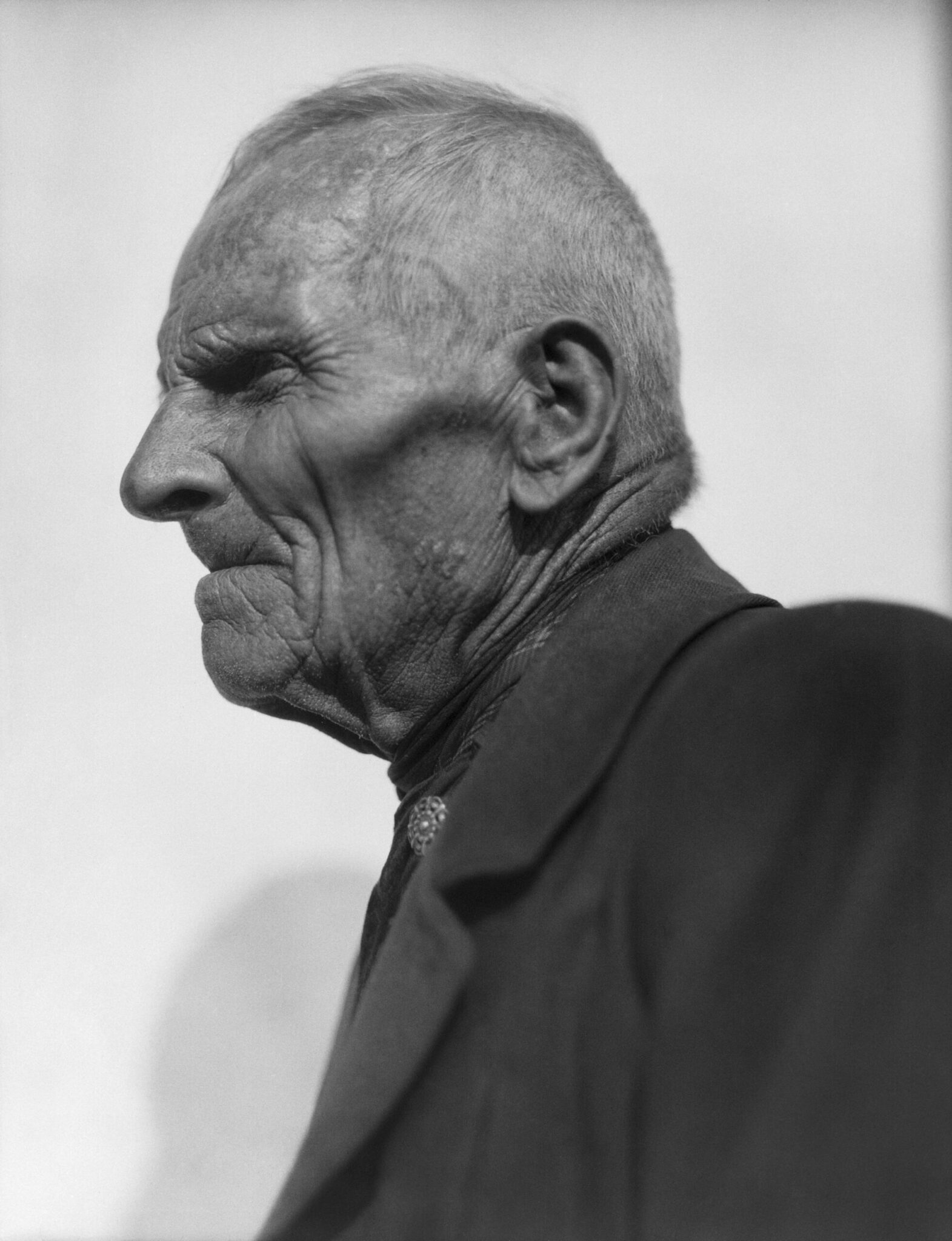
-
1934-1936
A Time of Transitions

-
1937-1939
Before the Storm

-
1940-1945
World War II

-
1946-1972
Writer and Authority

-
1972-present
A Legacy of Remarkable Images

- RESOURCES
-
CONTACT
- E. O. Hoppé Estate Collection
c/o Curatorial, Inc.
Graham Howe, Director
113 East Union Street
Pasadena, California 91103 USA - info [at] eohoppe [dot] com
T.+1 626 577 9696
Facebook
Instagram - The E. O. Hoppé Estate Collection is
managed by Curatorial, Inc.
- E. O. Hoppé Estate Collection


